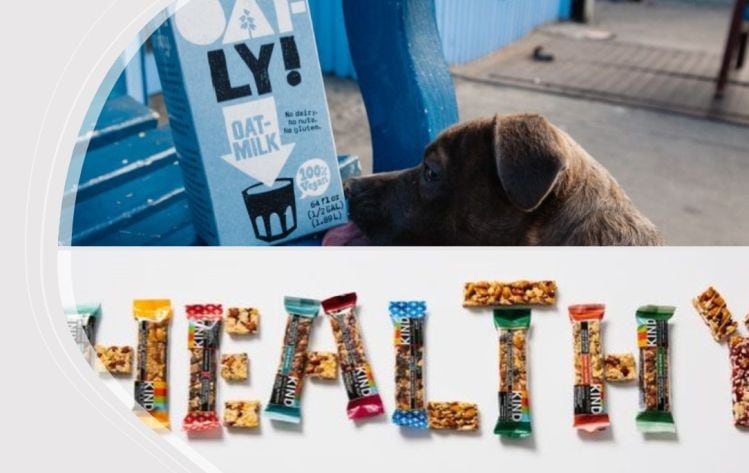Lowering the outlook for the full year 2022 from $880-$920m to $800-$830m, Petersson blamed “the challenging operating environment today with the war in Ukraine, COVID-19, and inflationary and supply chain pressures.”
While demand for Oatly’s products remained strong despite price increases in Europe, he claimed, “the pace at which we have been able to convert new consumers from dairy to plant-based milk is taking longer than we had hoped for,” which appeared to confuse some analysts including Ken Goldman at JP Morgan, who observed:
“I'm just trying to square your comments about the ability to attract new consumers right now with your comment that it's [the lowered outlook] is not really about demand?”
Oatly: The fastest-turning national brand in the US fluid milk category?
Oatly's US revenues rose 25.2% to $51.8m in the quarter (three months ended June 30), said the firm, which claims to be the fastest-turning national brand in the US fluid milk category (dairy and plant-based), with velocities* outpacing those of the “largest plant-based milk brand.”
Meanwhile, fill rates in the Americas increased from 67% in Q1 to 76% in Q2, said Oatly, which said retail ACV in the region is 36%, providing significant opportunities for expansion as it ramps up production at its new plant in Ogden, Utah; adds new capacity in Millville New Jersey; and opens a third plant in Fort Worth, Texas: “Growth continues to be impacted by capacity constraints and supply chain disruptions.”
‘We are confident in our ability to achieve much better production economics’
Oatly, which entered the US market via the coffee shop channel in 2016, has just implemented double-digit price increases across all channels in the US, said Petersson, who claimed that price increases in Europe had not dented velocities.
While gross profit margins were just 15.8% in the latest quarter, this represented an improvement on Q1 (where margins slumped to under 10%), while the long-term goal remains 40%+ as the company produces more of its products in-house and builds more localized manufacturing models, said Petersson.
“As we expand and scale our more localized production footprint while remaining disciplined in our capital allocation, we are confident in our ability to achieve much better production economics and operating efficiencies, reduce our environmental impact, and achieve profitability.”
*13 weeks to June 18, 2022, Nielsen IQ data US retail. Covers brands with over 15% ACV and excludes private label.
Plant-based milk by numbers at US retail, 52 weeks to June 12, 2022:

US retail sales of plant-based milk rose +6.4% to $2.299bn in measured channels* in the year to June 12, 2022, driven by double-digit growth in oat milk and pea milk, according to new data shared with FoodNavigator-USA from SPINS.
Dollar sales of oatmilk - which barely registered in the US market five years ago - rose +50.52% to $527.44m, while units of refrigerated oatmilk were up +40% and shelf-stable oatmilk units were up +83.8%.
- Dollar sales total plant-based milk: +6.4% to $2.3bn
- Unit sales total plant-based milk: +1.9%
Dollar sales, key sub-segments 52 weeks to June 12, 2022:
- #1 Almond milk: -1.02% to $1.277bn (excludes blends)
- #2 Oat milk +50.52% to $527.44m (excludes blends)
- #3 Soy milk: -0.09% to $165.09m (excludes blends)
- #4 Coconut milk: -8.16% to $82.1m (excludes blends)
- #5 Pea milk: +27.37% to $60.13m (excludes blends)
- #6 Rice milk: -11.72% to $37.15m (excludes blends)
- #7 Cashew milk: -13.6% to $29.01% (excludes blends)
*Source: SPINS natural enhanced and conventional (IRI multi-outlet) channels, 52 weeks to June 12, 2022, excludes Whole Foods, Trader Joe’s, and convenience stores





